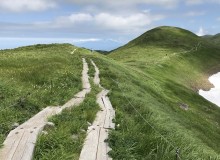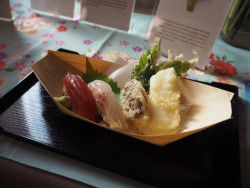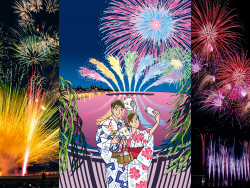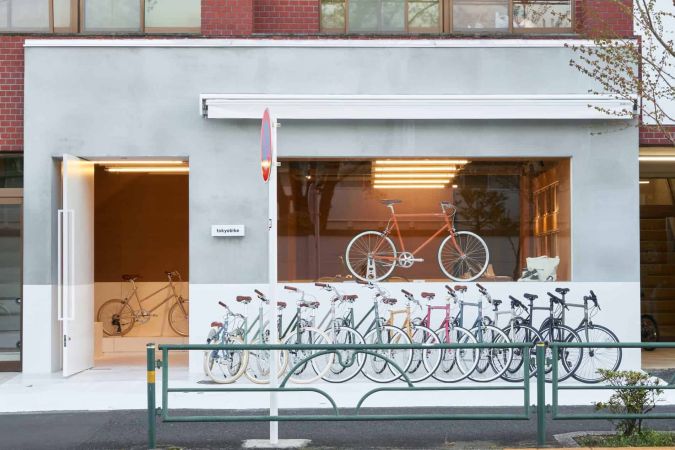
May 1, 2025
A Beginner’s Guide to Cycling in Tokyo
From buying and registering a bike to key rules of the road
By Metropolis

Taking up a two-wheel lifestyle in a new city isn’t always a breeze. In this beginner’s guide, seasoned cyclist and Freewheeling founder Brad Bennett walks us through the ins and outs of cycling in Tokyo.
Bennett is a Washington State native and the founder of Freewheeling, a grassroots business that offers bike tours in Tokyo. He’s also an active member of the Cycling Embassy of Japan and has lived in Tokyo for over 25 years.
Getting Started
What’s the best bike to ride in Tokyo?
Bennett: Mamacharis are the way to go.
They may not be the sleekest wheels in town, but the mamachari (a mashup of the Japanese words for “mother” and “bicycle”) is the day-to-day model of choice for even the most seasoned city cyclists. Typically equipped with a basket, mudguards, an integrated lock and comfortable upright seating, these bicycles are Bennett-approved to be the best for commutes and conbini runs.
Which bike shops do you recommend?
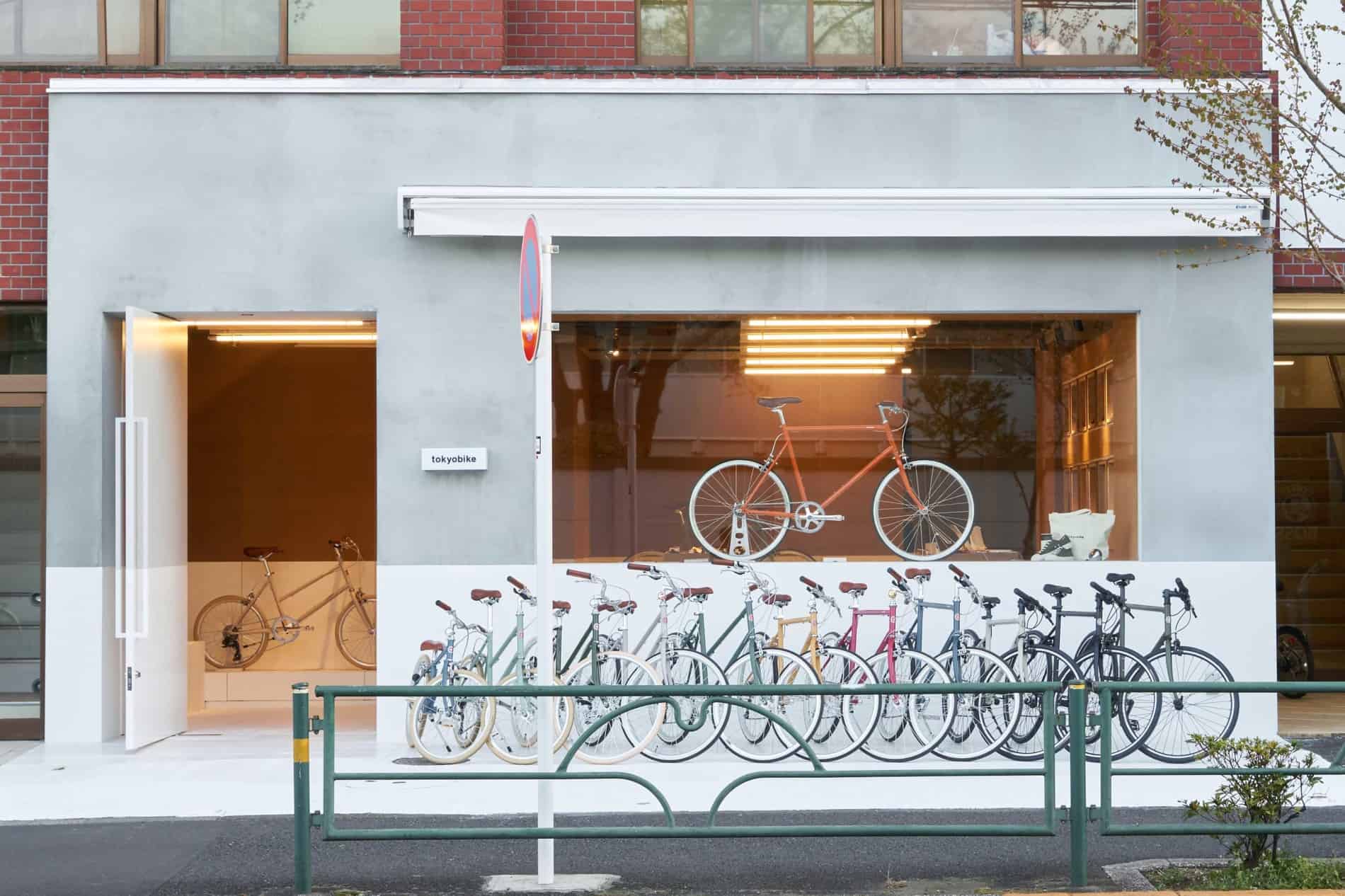
Tokyobike (Taito / Meguro)
They’re a nice, hybrid-style commuter bike, ranging from ¥50,000 to ¥60,000. They’re very popular with students and for a beginner commuter bike, I recommend them.
Blue Lug (Shibuya / Setagaya)
One of the chains that I like on the west side [of Tokyo] is called Blue Lug. You’re going to spend a fair amount of money —probably ¥200,000 or ¥300,000 — but you’ll get a beautiful bike. They’re really well known for their trendy, street-style bikes.
Y’s Road (Shibuya / Shinjuku)
Road bikes, high-end models and English-friendly staff
Cycle Base Asahi (Sendagaya)
Electric bikes, kids bikes and custom-built models
Cycle Spot (100+ locations)
Mamachari and pretty much any model you can imagine
Buychari
This online shop features a nationwide catalog of new and used bicycles for sale
Registering Your Bicycle
Yes—this is a thing. Before you can legally ride your bike in Japan, you must register it with your local police station. Luckily, the process of jitensha bouhan touroku (bike registration) is cheap and straightforward.
- Fill out a registration form with your name, contact details and information about your bicycle. If you buy a new bike in a shop, the staff will provide the form and forward it to the police for you. If you buy a bike online, you’ll need to complete the form at your local police station and bring a receipt of purchase. In both cases, you’ll need to present a valid ID and/or Residence Card.
- Pay a ¥500 fee and you’ll receive a small sticker with a unique number to place on your bike frame.
- Place the registration sticker on your bike, kind of like a miniature license plate, and you’re ready to ride!
- Keep the receipt provided by shop staff and/or police, in case you’re stopped before your registration information is officially filed.
If you buy a used bike… On top of filling out a registration form and paying the fee, you and the person who previously owned the bike will need to visit the local police station and complete a jitensha jouto shoumeisho, or “transfer of ownership form.”
What’s Bicycle Insurance?
As of 2019, more than 60 percent of cyclists claimed to have had near-accidents while riding a bike in Japan.
( “Number of road traffic accidents involving bicycles in Japan from 2010 to 2019” | Statista Report)
Bennett: This is an issue that a lot of people don’t know about, but you are obligated to have insurance for your bicycle. This is a new rule as of last year. If you’re cycling now and you don’t have insurance and you accidentally hit someone or scratch a car, you could be liable for very high damages.
Where can I buy jitensha hoken (bicycle insurance)?
At your local conbini, phone carrier or online.
Is it expensive?
Bicycle insurance is fairly cheap and most policies cost less than ¥5,000 per year. Mobile carrier au’s “Bycle” plan starts as low as ¥340 per month.
Is bicycle insurance required in Japan?
As of April 2020, the Tokyo Metropolitan Government requires all bicycle riders (including children) to enroll in bicycle liability insurance. This insurance helps pay for any damage or injury to others in case you cause an accident while you are riding a bicycle. In order to enroll, your bike must be registered.
Rules of the Road
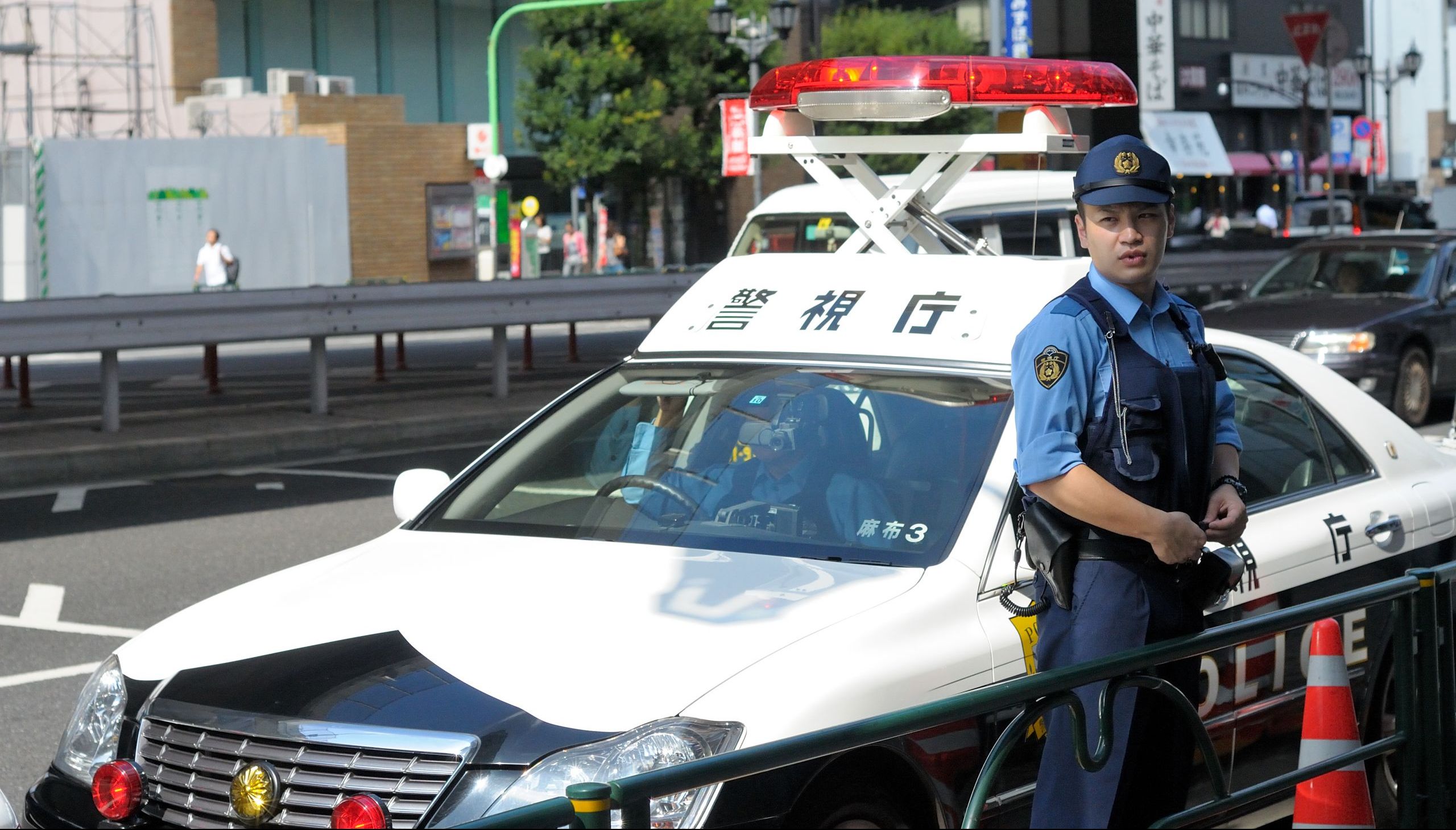
“You are not legally supposed to ride on the sidewalk
…but everyone does, including the police. Just keep in mind that pedestrians always have the right of way.”
“You are not legally allowed to ring your bell while you’re on the sidewalk.
It doesn’t matter how slow the dude in front of you is. You can’t ask them to move. “
“You must have a bell on your bike.
No bell and you can get a ticket. “
“Cyclists are supposed to follow the rules of the road.
Pretend you’re a car. Don’t run a red light. “
“You can’t have two people on a bike.
A cute date idea but one that’s illegal. You can, however, ride with a child under six years old, as long as they’re in a child seat.”
“You have to pay for parking.
Bike parking is prohibited in most streets throughout Tokyo, so you’ll likely have to pay for a spot in a churinjo (bicycle parking lot). Most train stations have a churinjo close by where you can pay for the day or by the hour. Rates are typically ¥100 to ¥200 an hour. Many lots also offer monthly passes. “
18 percent of all train passengers in Tokyo arrive at their station by bike.
Where’s some good routes to cycle?
-
“Riverside Ride”
Packed with shrines, parks and hanami gems, this route traces the Kanda River from Sasazuka all the way to the western suburb of Kichijoji.
- “Yoyo-Go”
Beginners and families who just want a pleasant, relaxing Saturday afternoon cycle through the city should check out this route, starting from trendy Shimokitazawa and ending at Yoyogi Park. Rent a bike or take your own, stop by at coffee shops, check out some architecture and have a picnic in the park at the end.
“Shinjuku Sprint”
This route is not fun, but you will get to Shinjuku quick. A helmet will make you feel somewhat safer on this one – adrenaline junkies will love it.
-
“Tokyo Tower Tour”
Start from Harajuku and cruise all the way to Tokyo Tower, catching some beautiful views of cherry blossoms along the way and soaking up some culture, history and sightseeing. This route really has everything.
-
“The Way To The Bay”
Need some open skies in your life? Then this is the route for you, taking you all the way to Tokyo Bay.
Compared to other major cities around the world, is Tokyo a safe place to cycle?
Bennett: I think it is, and one of the reasons why is that almost all drivers in Japan also ride bikes, so they know what it’s like and they understand. There’s much more empathy.
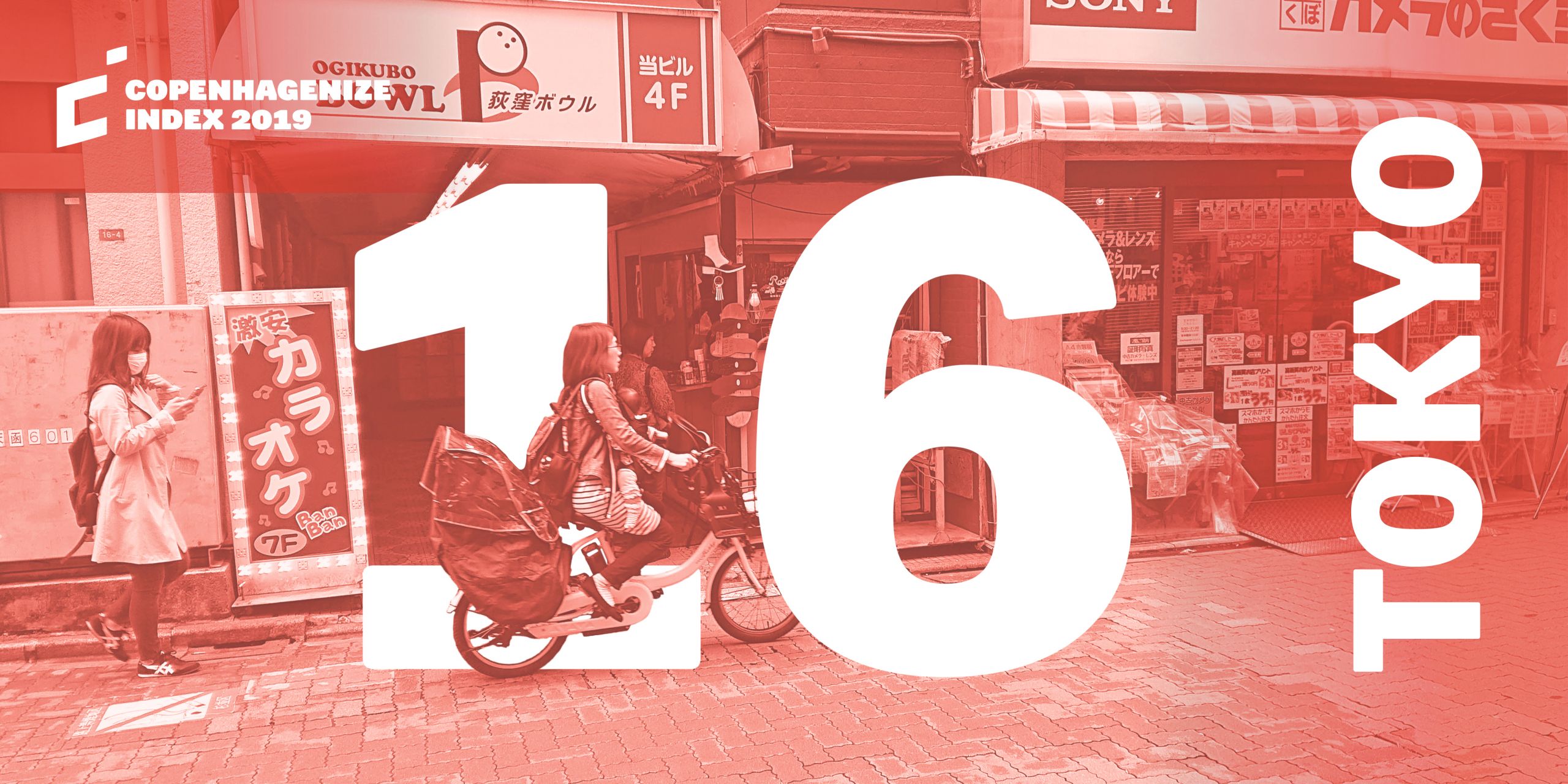
Tokyo cycling by the numbers
56.3% of Tokyoites use bikes as a form of transportation.
3,889 bikes were discarded in Tokyo in the past 3 years
11.6% of surveyed households were planning to buy a bike (from May 2018 to December 2019)
14.1% of people chose bikes as their preferred mode of transportation (As of 2015)
25,642 number of traffic accidents involving bikers in Tokyo in 2020.
¥37,570 Average price of a bike in yen in Tokyo (December 2020).
1 in 4 bike commuters in Tokyo contributed COVID-19 as the reason they started cycling to work.
2.3 cyclist fatalities per 100 million kilometer cycled in Japan vs 5.3 cyclist fatalities in the U.S.
English-friendly cycling groups
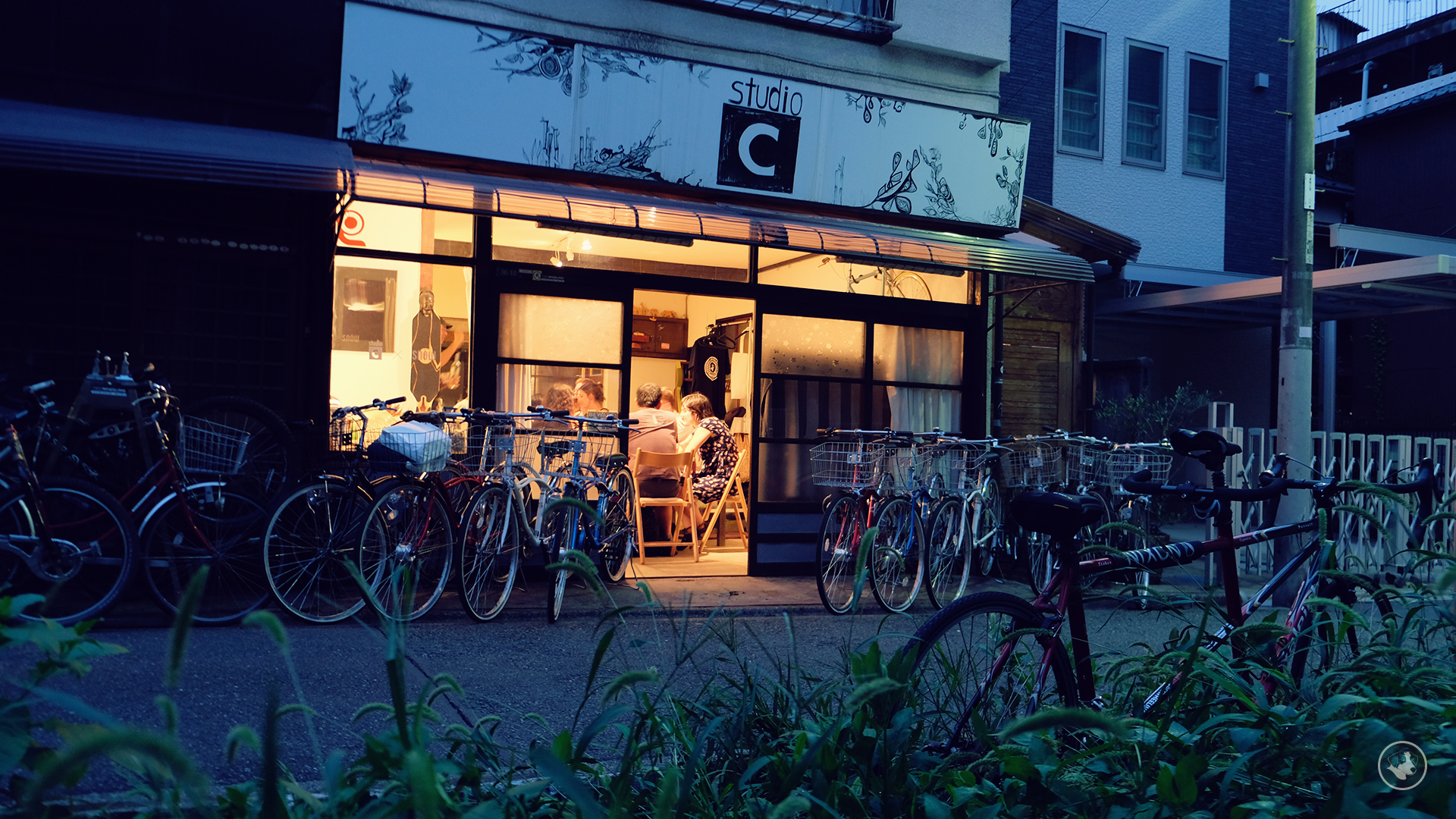 Credit: Studio C
Credit: Studio C
Freewheeling
Private bike tours around Tokyo’s backstreets and parks. Bike rentals are available.
Half-Fast Cycling Tokyo
An international group of cyclists who ride together on weekends. Membership is free.
Night Pedal Cruising
Free monthly group rides in Tokyo. Follow them on Facebook for events and updates. Site is in Japanese.
Tokyo Cycling Club
An online forum featuring community discussions about all things cycling in Japan.
Cycling Holiday Tokyo
Daily E-bike tours in English.
The Knights in White Lycra
A group of cyclists who raise money for various charities in Japan through annual bike rides.
Sources: Tokyo Metropolitan Government, Copenhagenize Index, Japan Bicycle Promotion Institute, Ministry of Land, Infrastructure, Transport and Tourism, Tokyo Metropolitan Police Department, AU Insurance Company
Reviewed and updated in April 2025, originally published on May 14, 2021
